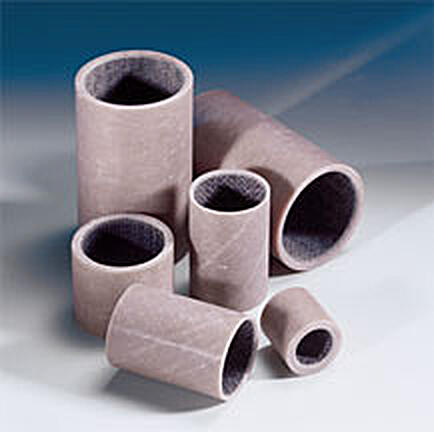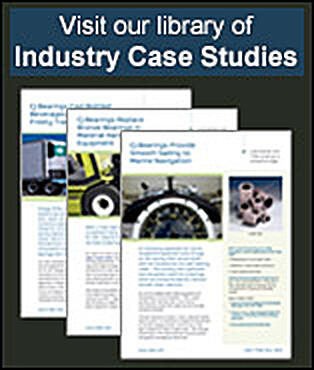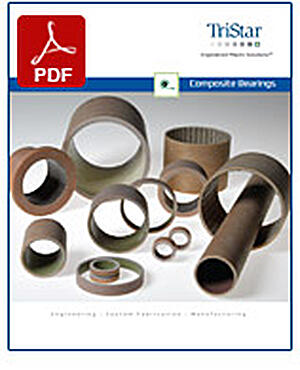Consumer products company increases production rates
We recently partnered with a goliath in the consumer products industry; a manufacturer who is known for delivering long-lasting energy devices that can be found in nearly every US household. We recently helped them improve their manufacturing rates by replacing lubricated bronze with greaseless composite bearings. And the results are powering the production lines to bigger profits.

Frequent maintenance leads to lost production, profits
Our partner reached out to us when their assembly team needed to continually halt production to solve maintenance problems on their filling and compaction machines. They noted that each time the line was stopped, production levels and profits were lost, and losses were quickly adding up to thousands of dollars per hour. Clearly, a maintenance- and grease-free bearing solution was needed to withstand this demanding 24/7/365 manufacturing environment.
CJ composite bearings fill, compact and package
After a site visit and testing, our engineering team retrofitted the bronze press pistons and rod guides with durable CJ composite bearings; a material that has a load capacity similar to bronze, yet never needs regular greasing. The new composites have given our client extended equipment uptime without the need for expensive maintenance. In fact, the press and compaction equipment performed so well, our client has even installed CJ composites on their packaging lines. Since moving to composites, our client reports that both production levels and profits are up.
Want to learn how CJ composites can improve your profitability? Read how they last four times longer than bronze! Or request a composite bearing quote for your next heavy-duty application!





